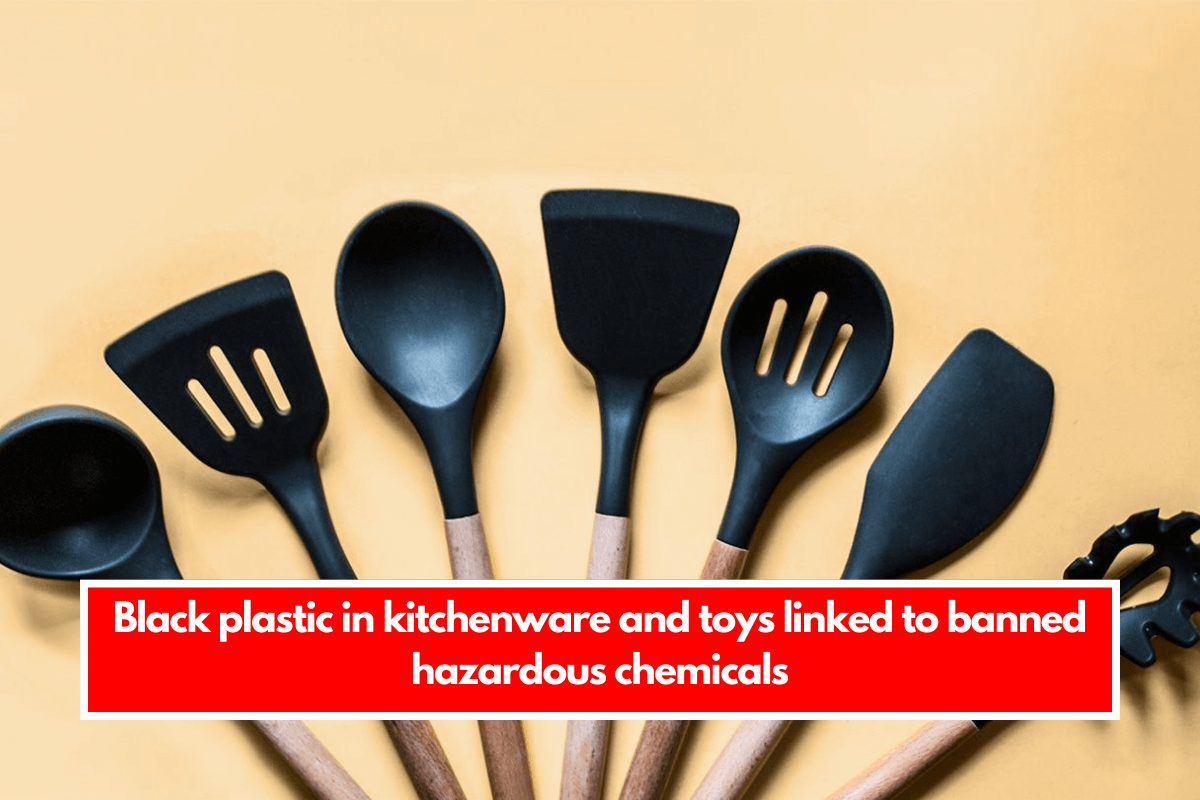Toys for kids, takeaway containers, kitchen tools and meat and vegetable trays at the grocery store are often made of black plastic, which could contain dangerous amounts of toxic flame retardants. According to a new study, these chemicals may be leaching out of electrical items when they are recycled, which could be bad for your health.
Megan Liu, who led the study and is the science and policy manager for the well-known environmental advocacy group Toxic-Free Future, says that black plastic pirate coin beads had some of the highest amounts of flame retardants ever found. These beads, which look like Mardi Gras beads and are often worn by kids, are mostly used for costumes.
Knowing that these dangerous materials are in commonplace things makes it clear that more needs to be done to raise knowledge and maybe even pass laws to protect public health, especially that of children and other vulnerable groups.
Liu said, “That particular product had up to 22,800 parts per million of total flame retardants, which is about 3% of its weight.” “Children often play with toys over and over again for days on end until they get bored.”
Hazardous Flame Retardants in Everyday Items
Liu pointed out that the study found that the most dangerous flame retardants found in everyday items are the same ones that are used in the plastic cases of TVs and other electronics.
Contamination from Electronic Waste
“It looks like mistakes were made when recycling electronic waste, which got flame retardants into the plastics that were used to make these consumer goods,” she said.
A black plastic sushi tray, which is a typical consumer item, was found to have an amazing 11,900 parts per million of decaBDE, a flame retardant. Polybrominated diphenyl ethers (PBDEs) are a group of chemicals that are used to put out fires.
Health Implications of PBDEs
A study released in April 2024 showed scary results: people with the highest amounts of PBDEs in their blood had a 300% higher chance of dying from cancer than people with the lowest levels.
The Ban on DecaBDE
Because of these worries about health, the US Environmental Protection Agency will not allow decaBDE at all in 2021. This choice was made because the chemical was linked to a number of major health problems, such as:
- Cancer
- Endocrine and thyroid disorders
- Fetal and child development problems
- Neurobehavioral function impairment
- Reproductive and immune system toxicity
Despite existing restrictions, the presence of decaBDE was detected in a staggering 70% of the samples tested. These levels ranged from five to an astonishing 1,200 times higher than the European Union’s stringent limit of 10 parts per million, according to Liu.

Exposure Through Kitchen Utensils
Researchers looked at what happened when people used dirty black plastic cooking tools like spatulas and slotted spoons and found that a person could be exposed to 34.7 parts per million of decaBDE every day. This exposure makes me very worried about common household things.
Alarm from Experts
Toxicologist Linda Birnbaum, who used to run the National Institute for Environmental Health Sciences and the National Toxicology Program, was very worried: “It was especially scary to find flame retardants that aren’t supposed to be used anymore.” Her statement shows how hard it is to keep toxic substances out of consumer goods.
It’s smart to be careful with some materials when it comes to everyday things. Birnbaum, who wasn’t involved in the latest study, says that black plastic shouldn’t be used for food-contact materials or toys that have black plastic parts. There are concerns about the possible health risks of this material, which led to this suggestion.
Flame Retardants in Electronic Devices
Electronics are an important part of our lives these days. According to the American Chemistry Council, the average American home has more than 20 electrical devices. Some of these are TVs, smartphones, computers, game consoles, and tablets.
These gadgets are very useful in our daily lives, but they could also be dangerous. Flame retardants, on the other hand, play a big part in lowering these risks and keeping these gadgets from becoming fire hazards.
Everyday things like couches, loveseats, recliners, office chairs, car upholstery, infant car seats, carpet padding, foam-padded yoga mats, and padded baby items all use flame retardants. These chemicals are very important for making these goods safer.
The National Institute of Environmental Health Sciences says that flame retardants can “leach” out of these things and into the air, where they can stick to dust, food, and water, which people could then eat or drink.















Leave a Reply